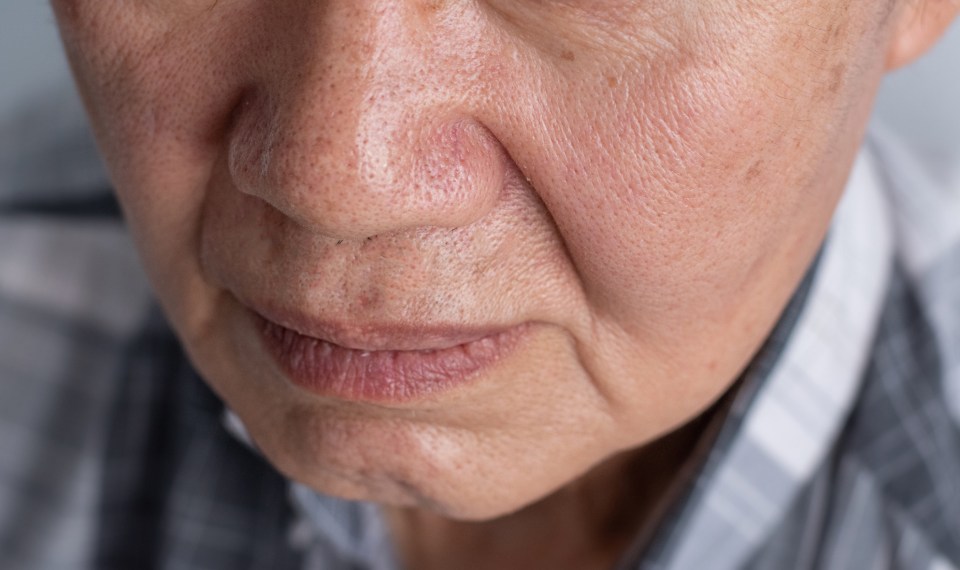Parkinson’s is a progressive disorder of the nervous system. Symptoms occur gradually, usually starting with a tremor in one hand. Other early Parkinson’s signs and symptoms include stooped posture, shuffling, loss of facial expression and difficulty initiating movement. Over time, some of those affected by this disorder develop what is known as Parkinson’s dementia.
What is Parkinson’s Dementia?
Parkinson’s disease dementia (PDD) is a symptom seen in some people a year or more after being diagnosed with Parkinson’s disease. It impacts mental function, leading to impairment in thinking and reasoning. Those with Parkinson’s dementia may experience memory problems and attention deficit. They may lose the ability to reason, carry out tasks and make sound judgments.
The cause of PDD is not clear, but we do know there are brain changes seen in individuals with Parkinson’s dementia. Scientists believe the changes may be linked to alterations in the way the brain processes alpha-synuclein, a protein found in the brain. In PDD, abnormal microscopic deposits of alpha-synuclein proteins clump together in the brain.
The deposits are known as Lewy bodies, named for Frederick H. Lewy, MD, the neurologist who discovered them in 1912. One study found the Lewy bodies pull alpha-synuclein out of the nucleus of brain cells. As more protein clumps develop, the cells become unable to function and eventually die. Some people with Parkinson’s dementia not only have Lewy bodies but also plaques and tangles in the brain, just like the changes seen in Alzheimer’s disease.
Lewy body proteins have been discovered in Parkinson’s dementia as well as other types of dementia. Lewy bodies are linked to a loss of neurons that produce two kinds of brain chemicals, acetylcholine and dopamine. Acetylcholine is important for memory and learning. Dopamine impacts the brain’s ability to think and plan. It also plays a role in how a person feels pleasure.
Prevalence of PDD
Parkinson’s disease affects an estimated 2% of individuals over the age of 65. According to the Alzheimer’s Association, the average time from onset of Parkinson’s to developing dementia is around 10 years. Mild cognitive changes may be seen before it reaches the level of dementia. The Alzheimer’s Association suggests 30% of individuals with normal cognition at the time of their Parkinson’s diagnosis will develop mild cognitive impairment after five years. Factors that may increase the risk of Parkinson’s dementia include:
- Advanced age
- More severe motor symptoms
- Mild cognitive impairment
- Experiencing hallucinations
- Severe daytime drowsiness
- Parkinson’s postural instability and gait disturbance (PIGD), a pattern of freezing in mid-step, difficulty starting movement, shuffling and balance problems
Symptoms of Parkinson’s Dementia
Everyone is different, but there are some common symptoms seen in those with PDD. These include:
- Memory problems. Forgetting how to perform routine tasks presents a challenge to those with PDD.
- Poor concentration. It may be difficult to maintain concentration when performing tasks or focusing on conversation.
- Perception or orientation difficulties. Visual function including visual acuity, contrast sensitivity, motion and color perception are all symptoms of Parkinson’s dementia.
- Visual hallucinations. Those with PDD may see, hear or feel things that are not real.
- Speech problems. Difficulty understanding questions or information, trouble coming up with words to say and misnaming objects are all associated with PDD.
- Sleep disturbances. Extreme daytime drowsiness and REM cycle sleep disturbances.
- Paranoid delusions. Individuals with Parkinson’s dementia can present with an alternative view of reality. They create a fictional story that is irrational and unfounded.
- Depression, irritability and anxiety. At least half of all Parkinson’s patients will experience depression and as many as 40% will have anxiety. These conditions can fluctuate with dopamine levels in the brain.
Diagnosis and Evaluation
Parkinson’s disease dementia is diagnosed a minimum of one year after the onset of Parkinson’s disease, and often several years after the onset of symptoms. The condition is similar to dementia with Lewy bodies, or DLB, with one significant difference. In DLB, movement issues start at the same time or before cognitive changes, while PDD follows the development of tremor and other movement problems associated with Parkinson’s disease.
According to the Parkinson’s Foundation, approximately half of those with Parkinson’s disease will develop mild cognitive impairment. As the disease progresses, some will experience a severe cognitive decline. PDD places a serious burden on caregivers and reduces quality of life for patients.
A clinical diagnosis of PDD is often made with the help of family members or those close to the patient who notice cognitive changes. The Movement Disorder Society Task Force offers recommendations for diagnosing PDD including neuropsychological testing. At the present time, neuroimaging using CT scan or MRI cannot accurately predict Parkinson’s disease dementia.
Treatment Options
There is no cure for Parkinson’s disease dementia, so treatment is aimed toward managing symptoms.
Medications
- Cholinesterase inhibitors can help manage the symptoms of PDD. Rivastigmine is an FDA-approved PDD treatment. Other cholinesterase inhibitors that may be prescribed include donepezil and galantamine.
- Selective serotonin reuptake inhibitors, or SSRIs. These medications may be used to treat depression associated with PDD.
- Sleep medications. Clonazepam and melatonin are sleep aids that may be prescribed to treat REM sleep disturbances.
When starting medication for treatment of PDD, it is recommended that patients begin with a low dose and increase slowly as needed. It is important to check for drug interactions, if the patient is taking other medications, and to add or change medications one at a time.
Non-Medication Strategies
Some medications can increase confusion and worsen movement symptoms. Alternatives to drug treatment include:
- Relaxation techniques. Deep breathing and communication support can reduce anxiety.
- Provide a calm environment. Maintaining a comfortable room temperature, reducing noise and glare can promote better rest.
- Develop a nighttime routine. Encouraging the individual to stay awake during the day, following soothing bedtime routines such as an evening bath or warm milk, and avoiding caffeine late in the day.
- Encourage daytime exercise. Physical activity can reduce depression and boost mood.
- Manage pain. Consider non-medication alternatives for pain control including massage, physical therapy and heating pads.
- Manage hallucinations. Physical therapy, regular activities and music may help reduce hallucinations. Ask about current medications that could be worsening hallucinations. Also be sure symptoms are not worsened by an underlying infection or pain.
- Speech-language therapy. Up to 90% of those with Parkinson’s suffer from speech and voice problems at some point. Communication is an important tool in reducing anxiety and depression for those with Parkinson’s. A skilled speech therapist can assist in improving communication effectiveness, increasing speech clarity and reducing repetition. They can also work with PDD patients to increase speech volume, improve voice quality and other important communication skills that lead to a better quality of life. In an inpatient rehabilitation setting, Parkinson’s rehabilitation includes speech therapy as well as physical and occupational therapy to address movement issues and performing activities of daily living.
Resources for those living with PDD
Patients and family members can find information and support at the following organizations:
The content of this site is for informational purposes only and should not be taken as professional medical advice. Always seek the advice of your physician or other qualified healthcare provider with any questions you may have regarding any medical conditions or treatments.



